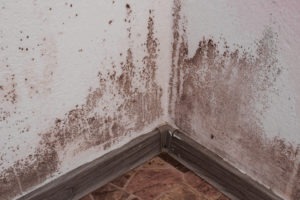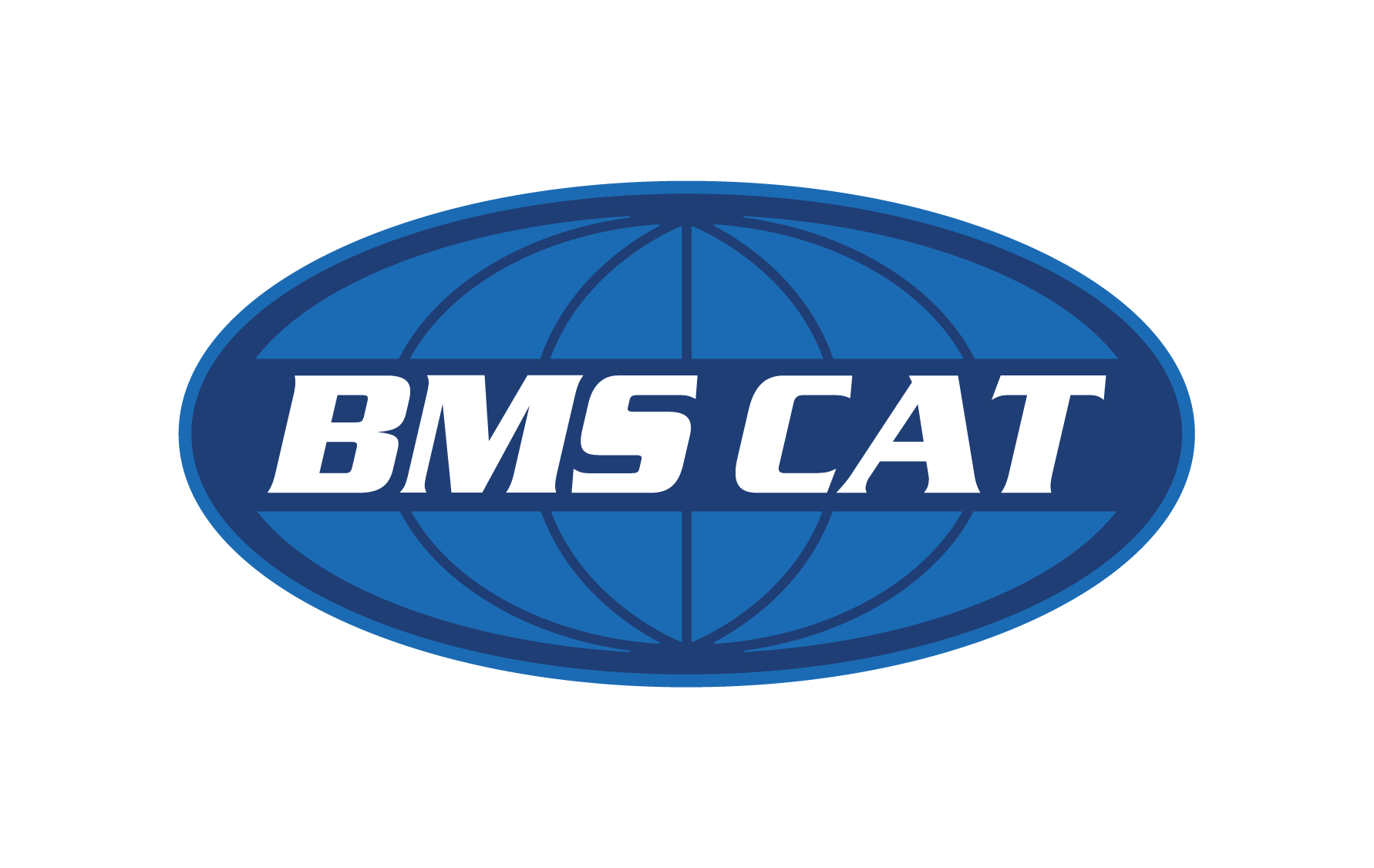You know black mold is serious. But just how dangerous is black mold, really?
Let’s talk about the health effects of black mold and what you can do about it.

Sure, everyone knows that black mold is bad news. But do you know how dangerous it can really be for your health? Is it just a nuisance? Can it really hurt you? Just how dangerous is black mold, really? In this article, we talk about the health effects of black mold and what you can do about it.
How Dangerous Is Black Mold?
First, let’s learn what black mold is. Black mold refers to any species of mold that has a dark green or black appearance. There are dozens of molds that fall into that broad category, but the most common is Stachybotrys chartarum.
All types of black mold require moisture and warmth to grow. This means that they thrive in humid environments such as your bathroom, your kitchen, your toilet, and your basement. Mold typically grows on walls, but it can grow anywhere. This includes fabric, wood, paper, dirt, and even plastic. Mold can ruin your books, your curtains, your towels and your pillows.
Mold gives off an unpleasant musty odor. It can slowly decay walls, tapestries, and other affected areas, but mold is more than just unsightly. It is dangerous to your physical health. Mold growth can lead to numerous health issues. The most common health problems due to mold include:
- Sneezing
- Coughing
- Wheezing
- Difficulty breathing
- Stuffed nose
- Irritated throat
- Irritated eyes
- Irritated skin
- Lung infection
People suffering from asthma may have serious complications, including severe respiratory congestion. People allergic to mold will suffer more and more as the mold grows. In extreme cases, people with mold allergies may have to be hospitalized if the mold grows out of control.
Most black molds are toxic. Too much of it in your house and you run the risk of suffering from a condition known as mycotoxicosis, or mold poisoning. Mold poisoning can cause all the above symptoms, but it can be fatal to people with a suppressed immune system.
Identifying a Mold Problem
In the early stages, mold is virtually invisible to the naked eye. You might have a mold infestation in your house and not even know it. Mold propagates by releasing invisible spores that fly in the air and grow when they land on a damp surface.
The first sign that you might have a mold problem is that musty, damp odor in the most humid areas of the house. Another strong sign is the increase in the symptoms of allergies in people in your house. In small quantities, mold is everywhere. The problem starts when it begins growing out of control.
Preventing Mold
Getting rid of mold is not as simple as wiping it off the surface it’s growing on. Mold can grow inside the woodwork and around plumbing, making it almost impossible to remove unless you hire expert help. To avoid mold, you have to fix the source of the problem. If you have a mold problem, check out the following:
- Repair leaking pipes and plumbing fixtures
- Make sure that your roof is properly insulated
- Repair structural leaks
- Make sure your HVAC system is properly maintained
- Ensure proper and adequate ventilation throughout your property
- Periodically examine your entire property for signs of mold
Preventing mold from spreading will save you a lot of time and money in the long run. Remember, mold is present everywhere and it just needs warmth and humidity to thrive. You can never be 100% safe from mold.
Dealing with Mold
Even with the best preventative measures, every home gets mold sooner or later. So, what can you do when you find mold growing in one or more rooms?
First of all, keep in mind what mold needs to grow. Mold thrives with moisture and warmth, and it needs some kind of building material to feed on. For mold, most types of plaster, wood, paper or fabric are food. That is why you need to keep any and all such materials properly dry across your property. In order to avoid mold, you have to keep moisture down. Your HVAC system should be able to keep your house dry, but mold will grow back with the slightest increase in humidity.
If you have a mold problem in your business, you have to act fast. State laws are often strict when it comes to mold in commercial properties. If you don’t clean it up as soon as possible, you run the risk of heavy fines and lawsuits. If you have leaking pipes or a failing HVAC system, your premises will be full of mold again in a matter of weeks after you attempt to clean it up yourself without addressing the source of the problem.
Your best bet when it comes to dealing with mold is hiring a professional like BMS CAT. An expert in indoor air quality will offer you quality mold remediation services. Mold remediation aims to reduce the concentration of mold without putting any of the occupants at risk. Mold remediation also looks into the root cause of the problem.
Getting Professional Mold Remediation
If you have a mold problem in your residential or commercial property, you don’t have to deal with it alone. Here at BMS CAT, we are the experts in mold removal and effective remediation.
Now that you know how dangerous black mold is, it’s time to take action! Our expert technicians adhere to IICRC guidelines to help ensure efficient mold removal from your space. We offer comprehensive services that remove excess mold while also identifying and fixing the source of the problem that caused the mold in the first place.
Worried about mold damage? Contact us or call us at 877-899-0676.
